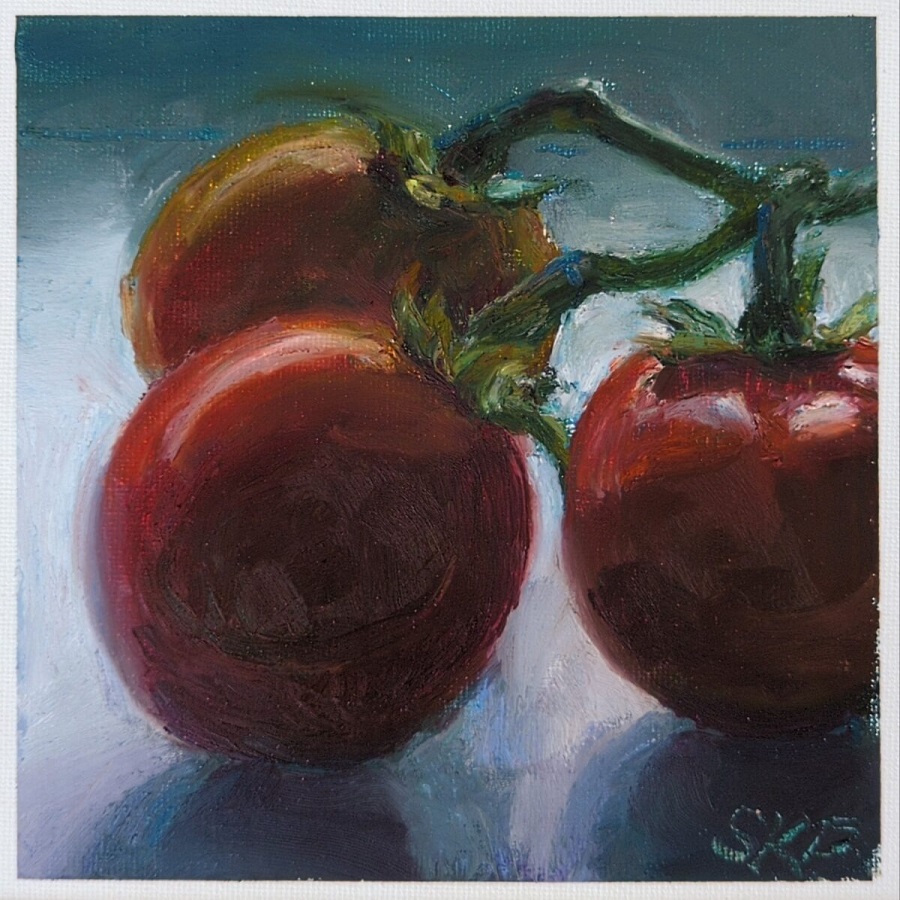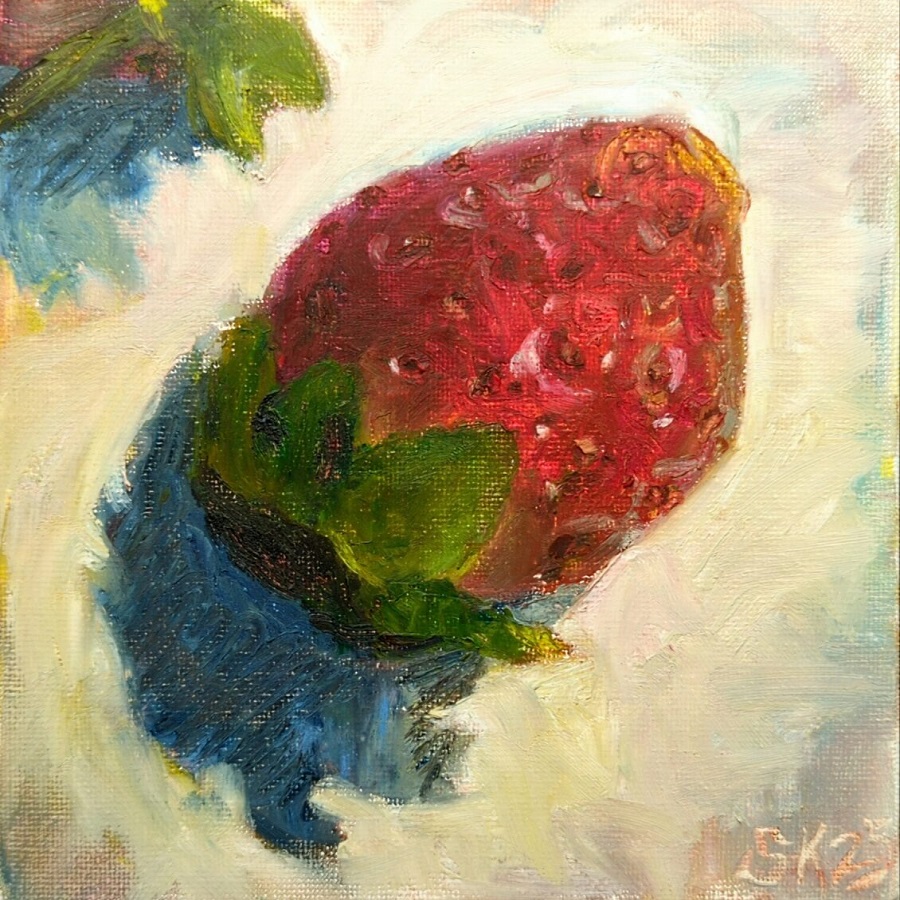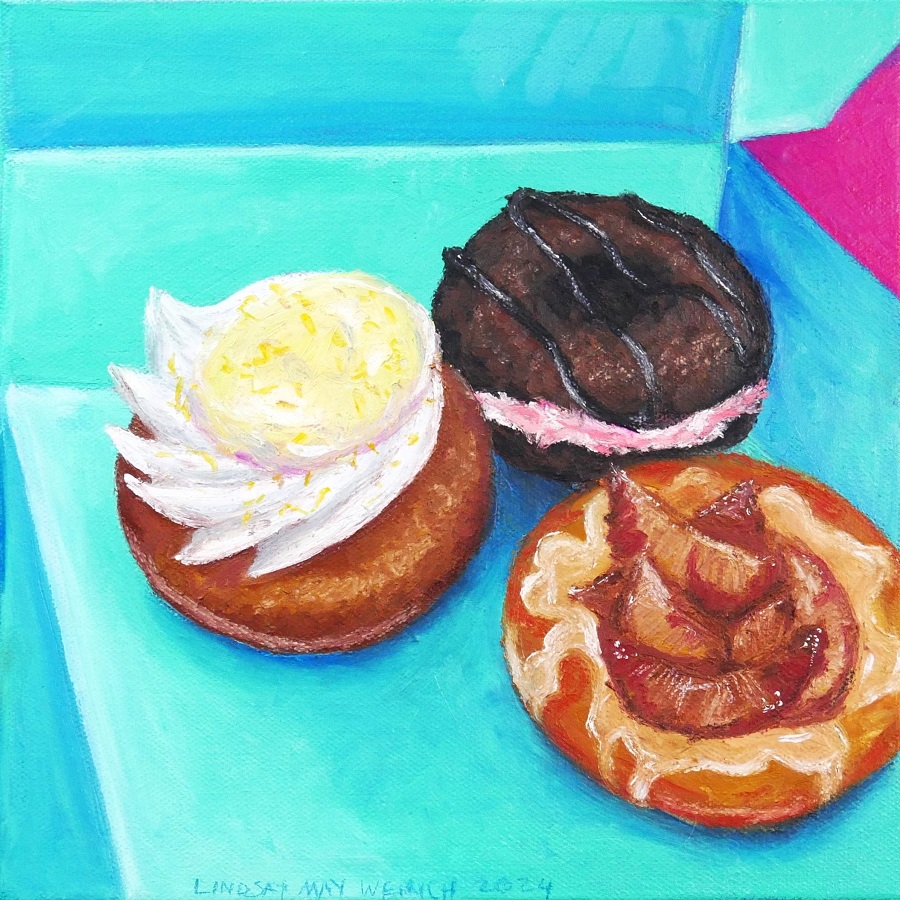Introduction to Oil Pastels and Canvas Compatibility
Oil pastels offer a unique medium for artists to express their creativity. When considering can you use oil pastels on canvas, the answer is a resounding yes. But it’s not as straightforward as using them on paper.
Canvas, known for its durability and texture, provides a robust surface for oil pastels. Its rough texture helps in gripping the pastel pigments. This allows for more vivid colors and greater layering. However, not all canvases are the same. Some might absorb the oil, while others may resist the pastel. This is why it’s essential to understand the compatibility of oil pastels with different types of canvas.
It’s also necessary to consider the nature of oil pastels themselves. Unlike soft or chalk pastels, oil pastels do not dry completely. They remain somewhat tacky because of the non-drying oils in their composition. This unique feature means they require a different approach when used on canvas.
When you think about can you use oil pastels on canvas, preparation is key. A primed canvas that’s been treated with gesso provides a more receptive surface for the pastels to adhere to. It also prevents the canvas from soaking up the pastel’s oil, ensuring your artwork stays as intended over time.
In summary, oil pastels and canvas go very well together. With the right preparation and understanding, artists can create beautiful, long-lasting art. The subsequent sections will delve into how to prepare your canvas and use the various techniques that make oil pastels on canvas truly stand out.

Preparing Your Canvas for Oil Pastels
When you’re ready to use oil pastels on canvas, preparation is crucial. Start by choosing the right canvas. Opt for a heavy-weight or primed canvas. This helps to manage the oil from the pastels. Next, prime your canvas with gesso. Apply an even layer to create a surface that oil pastels will cling to easily.
The gesso also seals the canvas, preventing oil absorption. Allow the gesso to dry completely before applying any pastels. This may take a few hours. Once the canvas is ready, you can consider adding a base color. This sets the tone for your artwork.
Use a light shade of oil pastel to cover the canvas for the base. Work this base layer evenly across the surface. Doing so helps subsequent layers to blend smoothly. Now, your canvas is prepared for the oil pastels. Your creative work can begin with a vibrant and receptive canvas. Remember to work in a well-ventilated space. The oils in the pastels can be strong. Good preparation ensures your artwork’s longevity and vibrance.
Basic Techniques for Using Oil Pastels on Canvas
When you start working with oil pastels on canvas, some basic techniques are essential. Here are a few fundamental steps to guide you:
- Start with light strokes: Begin your artwork with gentle applications. Use soft strokes to lay down colors. You can build up intensity later.
- Hold the pastel correctly: Grip the pastel like a pencil for detailed work. If you need broader strokes, hold it sideways.
- Layer colors: Layer different colors to add depth. Start with light colors and progress to dark tones.
- Use a color shaper or fingers: To blend the pastels, you can use your fingers or a color shaper tool. This helps in mixing colors on the canvas for smooth transitions.
- Create textures: By using different strokes, like cross-hatching, you can create textures. This makes your work more dynamic.
- Scumble for effect: Lightly layer colors over others without completely blending. This technique, called scumbling, adds visual interest.
Remember to keep your workspace tidy. The oil from the pastels can get messy. These techniques, with practice, will enhance your ability to use oil pastels on canvas effectively. Blend and build up colors to create striking pieces that showcase your artistic vision.
Tips for Blending and Layering with Oil Pastels
Get the Right Blend
Achieving a seamless blend with oil pastels takes practice. Here’s how you can get started:
- Use your fingers: Fingers are great for warming up the pastels. This makes them easier to blend.
- Try paper stumps: For more control, paper stumps or tortillons work well to soften edges.
- Layer colors lightly: Apply the lighter color first. Then, slowly add darker shades on top.
- Mix on a palette: If needed, mix pastels on a separate palette before applying to canvas.
Blending helps to create smooth transitions between colors. It brings life and dimension to your art.
Layering for Depth and Texture
Layering adds depth to your artwork. Follow these steps to layer effectively:
- Work from light to dark: Start with the lightest color. Gradually build up to the darkest tones.
- Keep colors pure: Avoid over-blending. You want to see distinct layers in your work.
- Use a variety of strokes: Try different strokes for each layer to add texture.
- Experiment with pressure: Press harder for more opaque layers or lightly for a softer look.
Layering takes patience but the result is richer, more dynamic art. Blending and layering with oil pastels can transform your canvas with vibrant colors and interesting textures. As you practice these techniques, you’ll find can you use oil pastels on canvas not just possible but incredibly rewarding. Remember to use these tips within the suggested frequency of our keywords to enhance your blog’s SEO.

Fixatives and Sealants for Oil Pastel Art on Canvas
Once you have mastered the technique of applying oil pastels on canvas, preserving your artwork is the next important step.
Understanding Fixatives
Fixatives play a crucial role in preserving the vibrancy and longevity of your oil pastel art on canvas.
- Choose the right type: It’s important to select a fixative designed for oil pastels.
- Light spray application: Apply the fixative in a light, even spray to avoid smudging.
- Multiple coats: For better protection, consider applying multiple light coats.
- Dry thoroughly: Allow each coat to dry completely before adding another.
Fixatives will help protect your piece from dust, smudging, and fading over time.
The Role of Sealants
Sealants offer an additional layer of protection for your oil pastel artwork.
- Choose a clear sealant: Opt for a clear, non-yellowing sealant.
- Wait for the art to settle: Before sealing, make sure your artwork is as you want it.
- Test first: It’s wise to test the sealant on a small area first.
- Even coating: Apply the sealant evenly to avoid any texture changes.
With the right fixatives and sealants, can you use oil pastels on canvas becomes less of a question of possibility and more about ensuring lasting beauty and preservation of your artwork.
Creative Projects Ideas Using Oil Pastels on Canvas
Moving beyond techniques, let’s explore some creative projects. Using oil pastels on canvas can unleash your artistic potential. Here are several ideas to inspire you:
- Abstract Art: Dive into colors and shapes. Create an abstract piece where you can blend and layer with freedom. No rules—just pure expression.
- Landscape Masterpiece: Capture the beauty of nature. Use oil pastels to create vivid sky blues and lush green fields.
- Portrait Art: Challenge yourself with a portrait. Use subtle blends to mimic skin tones and sharp lines to define features.
- Still Life: Arrange objects and play with light and shadow. Represent the scene in bold or soft pastel hues.
- Floral Designs: Brighten your canvas with flowers. Experiment with color combinations and loose, flowing strokes.
These are just starting points. Let your imagination guide you. With oil pastels on canvas, the possibilities for creativity are endless. Remember, anything is possible with the right preparation and techniques. So, can you use oil pastels on canvas? Absolutely, and these project ideas are just the beginning of what you can achieve.

Caring for and Preserving Oil Pastel Canvas Artwork
Caring for your oil pastel artwork on canvas ensures it lasts for years. Here are simple steps for maintenance:
- Handle with care: Always touch your canvas artwork by the edges. Avoid getting oils from your hands on the surface.
- Avoid direct sunlight: Sun can fade the vibrant colors of your oil pastels. Display your art away from harsh light.
- Dust gently: Use a soft brush or cloth to lightly dust your artwork. Do this regularly.
- Store upright: If you need to store your art, keep it upright. Avoid placing objects on top.
- Maintain room conditions: Keep your art in a room with stable temperature and humidity.
- Check regularly: Look over your artwork from time to time. This helps spot any issues early.
Taking these simple steps will help preserve your canvas artwork. Can you use oil pastels on canvas and keep it looking great over time? Yes, with proper care, your art will continue to inspire.
Conclusion: Unleashing Creativity with Oil Pastels on Canvas
We’ve explored the vibrant world of oil pastels on canvas. From preparation to preservation, artists can go beyond the usual boundaries and unleash their creativity using this versatile medium. Whether it’s the rough, raw textures on a landscape or the smooth blends of a portrait, the key takeaway is clear: with oil pastels, you can indeed transform a simple canvas into a masterpiece. The multitude of techniques, such as layering, blending, and texturing, become tools for the artist to express emotions and visions.
As we conclude, remember these points:
- Preparation is crucial: A well-prepped canvas is the foundation for your oil pastel art.
- Embrace experimentation: Don’t shy away from trying new techniques or ideas. This is how you grow.
- Practice blending and layering: These are essential skills for mastering oil pastels on canvas.
- Preserve your artwork: Using the right fixatives and sealants ensures longevity.
- Care for your art: Proper maintenance will keep your creation vibrant for years.
Can you use oil pastels on canvas? Yes, and beyond that, you can create works that resonate with depth, texture, and color that are as enduring as your artistic spirit. Dive in, experiment, and watch as your canvas becomes the gateway to expressing your creative self.